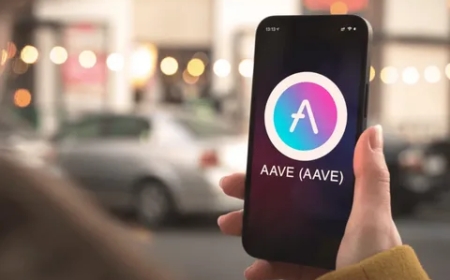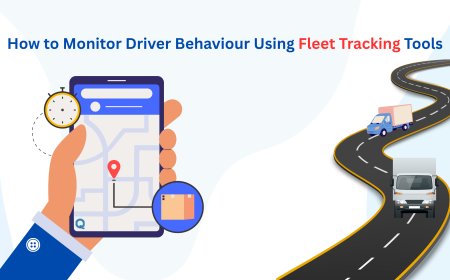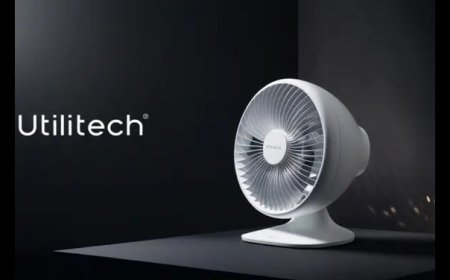Pressure Relief Vents and EV Battery Vents FAQ: Your Essential Guide
Pressure relief vents are crucial for maintaining safety in a wide range of applications, including automotive batteries, industrial systems, and sealed containers. As electric vehicles (EVs) continue to gain popularity, the role of pressure relief vents in EV battery packs has become increasingly important. In this FAQ, we'll answer the most common questions about pressure relief vents, focusing on their functions, materials, and specific use in EV battery safety.
1. What Is the Difference Between a Pressure Relief Vent and a Pressure Relief Valve?
A pressure relief vent is designed to allow the controlled release of gas or air to prevent dangerous pressure buildup, while a pressure relief valve actively opens and closes to control pressure levels and can be reset after activation.
-
Pressure Relief Valve: A mechanical device that opens and closes to regulate pressure.
-
Pressure Relief Vent: A non-mechanical, one-time-use device that opens to vent excess pressure when necessary.
Key Point: Pressure relief vents are typically simpler and cannot be resealed once activated, while valves can be reset.
2. How Do Pressure Relief Vents Prevent Explosions in Sealed Systems?
Yes, pressure relief vents are designed to prevent explosions by releasing excess pressure before it reaches dangerous levels. For example, in EV battery packs or industrial tanks, pressure buildup due to heat or chemical reactions can cause catastrophic failures. The venting system safely releases gas or air to mitigate the risk of explosions.
3. What Materials Are Pressure Relief Vents Made From?
Pressure relief vents are made from materials designed to withstand high pressures and environmental conditions. Common materials include:
-
Stainless Steel: Corrosion-resistant and durable.
-
Aluminum: Lightweight with good corrosion resistance.
-
Plastic: Used in low-pressure applications.
-
Elastomers: Flexible and resilient, used for seals and gaskets.
The material choice depends on the specific application, environmental exposure, and pressure tolerance.
4. Are Pressure Relief Vents Reusable After Activation?
Most pressure relief vents are single-use. Once activated, they rupture or break open to release pressure, making them non-reusable. Some advanced systems may feature vents that re-seal after activation, but these are rare and typically used in specialized applications. PorVent provides reliable, single-use pressure relief vents for various industries, including automotive and industrial applications.
5. How Do I Select the Right Pressure Relief Vent for My Application?
Selecting the correct pressure relief vent involves considering several factors:
-
Pressure Setpoint: Identify the pressure level at which the vent should activate.
-
Material Compatibility: Ensure the vent material can withstand the gases or liquids in your system.
-
Environmental Conditions: Temperature, humidity, and exposure to chemicals.
-
Flow Capacity: Ensure the vent can manage the required flow during venting.
-
Size and Shape: The vent should fit the available space in the system.
For optimal performance, PorVent offers a variety of vent solutions tailored to specific needs, from automotive systems to industrial applications.
6. What Industry Testing Standards Apply to Pressure Relief Vents?
Pressure relief vents must meet various industry standards to ensure safety and reliability, such as:
-
ISO 4126: Safety devices for pressure relief.
-
ASME Section VIII: Pertains to pressure vessels and safety devices.
-
UL and CE Certifications: Common for automotive and electrical systems.
Manufacturers will typically provide documentation confirming compliance with these standards.
7. Can Pressure Relief Vents Be Used for Both Gases and Liquids?
Yes, pressure relief vents can handle both gases and liquids, but each application requires specific vent designs. For liquid systems, the vent may need to manage liquid dynamics, while gas systems focus on preventing backflow or contamination. Selecting the right vent is key to ensuring safe venting performance.
8. Do Pressure Relief Vents Block Dust, Water, or Other Contaminants?
Some pressure relief vents are equipped with filter elements or waterproofing features to prevent contaminants like dust or water from entering the system. This is especially important in automotive and industrial applications, including EV battery systems, where environmental factors could compromise system integrity.
9. Can Pressure Relief Vents Reduce Noise During Venting?
Yes, pressure relief vents can help reduce noise by controlling the rate at which pressure is released. Vents designed to open gradually can minimize the sudden noise associated with rapid pressure release. Additionally, vents may be paired with noise-dampening components to further reduce sound.
10. How Often Should Pressure Relief Vents Be Inspected or Replaced?
The frequency of inspection depends on factors like application type, operating conditions, and vent type. For EV batteries, regular checks should be done for damage, wear, or contamination, especially after significant events like overheating or accidents. Generally, inspect vents annually or after any pressure release event.
11. What Is the Difference Between Passive and Active Pressure Relief Vents?
-
Passive Pressure Relief Vents: Open automatically when the internal pressure exceeds a specific threshold. These vents rely on mechanical properties, such as diaphragm rupture, to release pressure.
-
Active Pressure Relief Vents: Require an external trigger (e.g., an electrical signal) to open. These are less common in general venting applications but may be used in specialized systems.
12. Can Pressure Relief Vents Be Customized for Specific Applications?
Yes, pressure relief vents can be customized for specific needs in applications like EV battery packs or industrial systems. Customization options include:
-
Specific pressure thresholds
-
Material choices
-
Venting rates
-
Integration with other systems (filters, noise dampeners)
PorVent offers custom venting solutions tailored to your specific requirements.
13. Do Pressure Relief Vents Need Regular Maintenance?
Pressure relief vents generally don't require active maintenance, but regular inspections are essential to ensure they function properly. Vents exposed to harsh conditions, such as in EV batteries, should be checked for wear or damage after high temperatures or significant events.
14. What Is an EV Battery Vent?
An EV battery vent is a crucial safety feature in electric vehicle batteries. It allows controlled pressure release if the battery experiences overpressure, preventing potential hazards like fires or explosions during events such as thermal runaway.
15. Why Do EV Batteries Need Pressure Relief Vents?
EV batteries, especially lithium-ion batteries, are susceptible to dangerous reactions when they overheat. During thermal runaway, pressure can build up rapidly, and pressure relief vents provide a safe path to vent gases, reducing the risk of catastrophic failure.
16. How Does an EV Battery Vent Work During Thermal Runaway?
During thermal runaway, pressure and heat build up inside the EV battery. The pressure relief vent opens to release gases like hydrogen and oxygen, preventing dangerous explosions or fires by reducing internal pressure.
17. Do All EV Batteries Include Pressure Relief Vents?
Yes, modern EV batteries are designed with integrated pressure relief vents as part of their thermal management and safety systems. These vents comply with automotive safety standards to mitigate the risks associated with battery failures.
18. What Gases Are Released Through an EV Battery Vent?
During a pressure release event, gases such as hydrogen, oxygen, and carbon dioxide are vented from the battery. These gases are byproducts of the chemical reactions that occur during thermal runaway, and the vent directs them safely away from sensitive components.
19. Are EV Battery Vents Single-Use or Reusable?
EV battery vents are typically single-use. Once activated during an overpressure event, the vent may rupture and must be replaced to ensure the system remains safe for future use.
20. Do EV Battery Vents Affect the Waterproofing of the Battery Pack?
EV battery vents are designed to maintain the waterproof integrity of the battery pack. They allow pressure release without allowing water, dust, or contaminants to enter the system, ensuring the battery remains sealed while venting safely.





















![Top 11 Real Estate Mobile App Developers in Riyadh, Saudi Arabia [2025 Edition]](https://www.philadelphialivenews.com/uploads/images/202506/image_430x256_68621a9e48997.jpg)






















![Top 11 Real Estate Mobile App Developers in Riyadh, Saudi Arabia [2025 Edition]](https://www.philadelphialivenews.com/uploads/images/202506/image_140x98_68621a9e4a204.jpg)